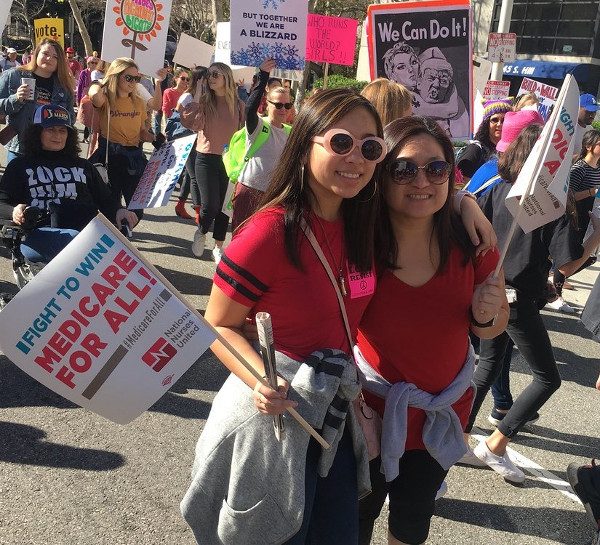
National, Nurses United
We really don’t talk about fixing the health care system. We talk about issues, quality, cost, availability, management, ability to pay, demographics, equity, etc.
Americans spend on average $10,700 per person on health care. About $3.5 trillion was spent on health care in the US in 2017, or about 18% of GDP. Some $1.5 trillion is financed by the federal government. That is about 8% of the GDP. By 2026 the cost of health care financed by the government will increase to 9.7% of GDP, or $2.9 trillion.
When Medicare and Medicaid are combined, it is about 25% of the 2017 budget. Between 2008 and 2017, Medicare and Medicaid increased by 40 million participants—a 43% increase. Bear in mind that private insurers play a role in providing both Medicare and Medicaid. The top five private insurers get nearly 60% of their revenue from Medicare and Medicaid. With a health care system that is motivated by profit, the uncontrolled costs rise fast. At the current rates of increase, the cost of Medicare and Medicaid combined is expected to rise by about $800 billion from 2017 to 2026. It’s not feasible to cover this cost by imposing new taxes on the average taxpayer, especially given the growing poverty in the US.
Intergovernmental debt amounts to $5.9 trillion. This debt finances other governmental agencies, including Medicare and Medicaid. Social Security owns 48% of this debt, in the form of Treasury notes. Social Security Trust Fund money was used to buy the notes. The money that Social Security bought the notes with has already been spent. So Social Security is holding $2.798 trillion in Treasury notes (as of December 2018). But how can Social Security collect on the Treasury notes when there is a $5.9 trillion intergovernmental debt?
The government has historically managed the debt in two ways, raise taxes or cut spending. The Trump administration’s proposed fiscal 2020 budget would cut $1.5 trillion from Medicaid over the next 10 years, while also giving the states more freedom to decide how to spend Medicaid money (which would no doubt mean cutbacks at the state level).
More people are becoming eligible for Social Security, Medicare and Medicaid, yet the number of people working continues to fall, and cannot support the number of people on these programs. Social Security is 85% financed by payroll taxes.
The population is aging, and also the change in how we produce what is needed—shifting from labor-intensive manufacturing to production using automated artificial intelligence and robots—means fewer people are needed to work. This means fewer taxpayers, and it means government cutbacks in services to workers whose labor is no longer needed. It also means we are going to have to change how we finance and deliver health care. We have to eliminate the profit motive. The health of the country is tied to a national health care system. This means we improve Medicare and expand it to cover everyone.
